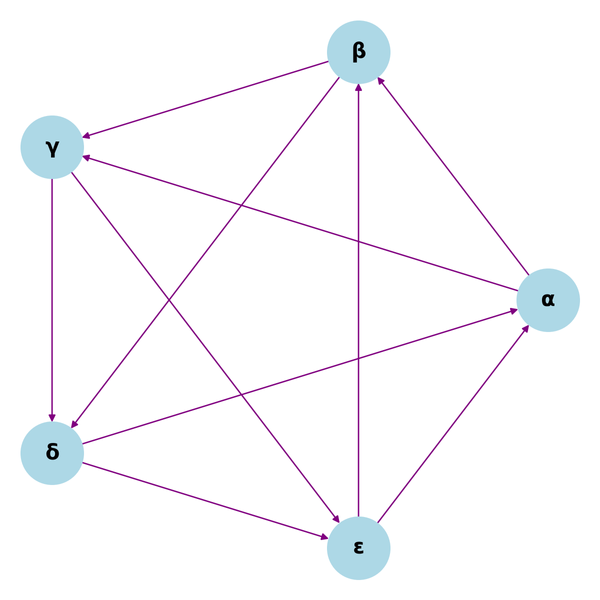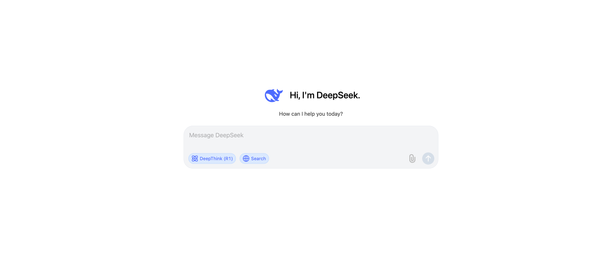GraphQL: The Future of API Development?
The future of data fetching.
Introduction
GraphQL is a query language for APIs and a runtime for fulfilling those queries with your existing data. GraphQL provides a complete and understandable description of the data in your API, gives clients the power to ask for exactly what they need and nothing more, makes it easier to evolve APIs over time, and enables powerful developer tools.
What is GraphQL?
GraphQL is a query language for your API, or more simply put, a way to ask for data from a server. When used with a language like JavaScript, GraphQL gives you the ability to request specific fields of data in a declarative way, making it easier to reason about your code and what data you're actually using.
In contrast, traditional REST APIs typically expose a very large surface area, with many endpoints that return a fixed structure of data. This can lead to over-fetching or under-fetching data, which can be problematic for mobile devices or slow internet connections.
GraphQL is also a runtime, which means that it can be used to fetch data from any source, whether it's a database, another API, or even a file system. And because GraphQL is type-safe, it can be used to validate your data before sending it to the client.
How does GraphQL work?
GraphQL is made up of three parts:
- Schemas: A schema defines the shape of your data. It's used to validate incoming queries, and to automatically generate documentation for your API.
- Resolvers: A resolver is a function that's responsible for fetching the data for a field. When a client asks for a field, the GraphQL server will call the corresponding resolver function to fetch the data.
- Queries: A query is a request for data from a GraphQL server. It's made up of a list of fields, and each field can have its own set of arguments.
Why use GraphQL?
There are many reasons why you might want to use GraphQL in your project:
- It's more efficient: With GraphQL, you can fetch exactly the data you need in a single request. This means less data is transferred over the network, which can be important for mobile devices or slow internet connections.
- It's easier to reason about: With a GraphQL API, you can reason about your code more easily, because the API is self-documenting. This means you don't need to keep track of documentation in a separate place, and you can easily see what fields are available on each type.
- It's more flexible: GraphQL is designed to make it easy to evolve your API over time. You can add new fields and types to your schema without breaking existing code.
- It has great tooling: The GraphQL community has created many great tools, including a powerful type system, a query language, and developer tools.
Conclusion
In conclusion, GraphQL is a powerful tool that can be used to efficiently fetch data, reason about code, and evolve APIs over time. It has great tooling and a strong community, making it a great choice for any project.
Subscribe to my weekly newsletter for the latest insights on Golang, DevOps, Cloud-Native, Linux, Kubernetes, and more.
Follow me on Twitter!


